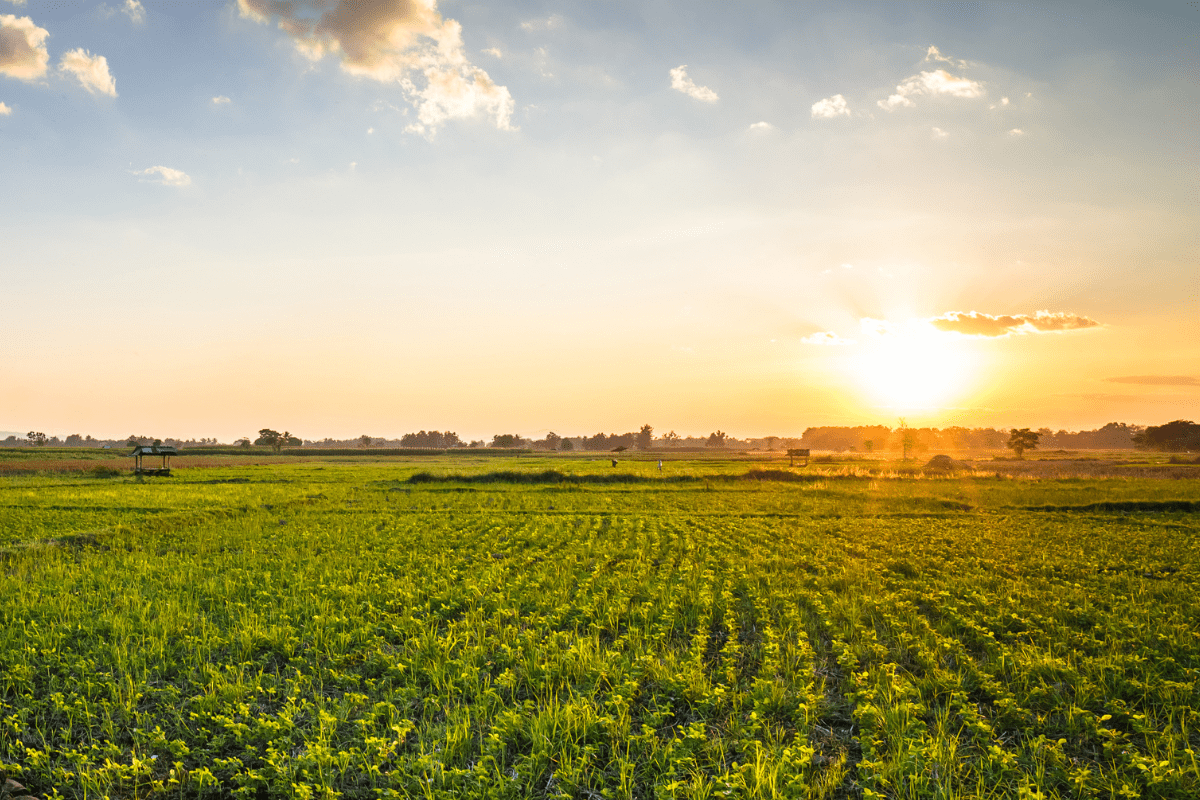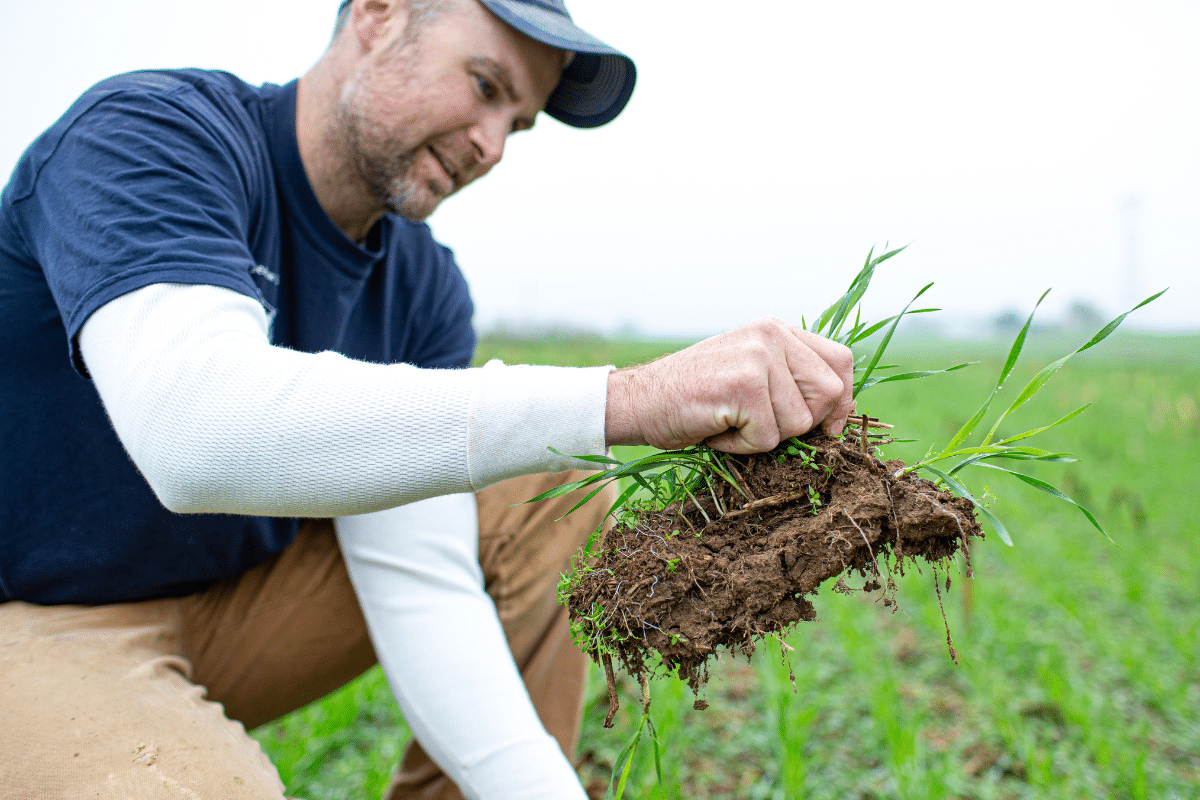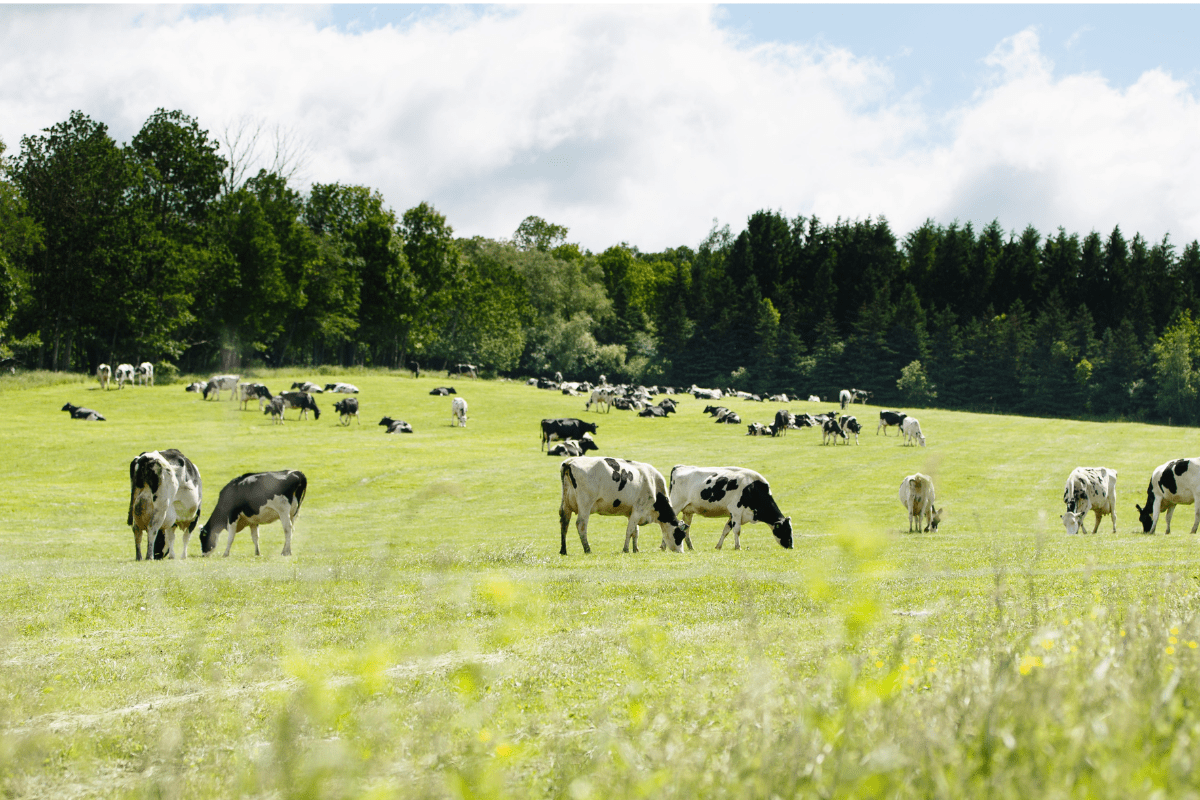Kids often ask the darndest questions. It’s no surprise that when given the opportunity to ask dairy farmers about cows, they did not shy away.
During a series of Virtual Farm Tours, school children of all ages took a virtual school field trip to one of three dairy farms. The teacher and students never left their classroom. The dairy farmer and the cows never left the farm. The communication happens in real-time via live video, with a large screen set up in the classroom and a camera at the farm. In this virtual setting, students get to see how cows are milked and how baby calves are bottle-fed, and have their curiosity satisfied with instant answers.
Top Seven Most-Asked Questions from Students
1. Do cows play?
It’s mostly the calves that play. They really like to have their heads scratched. Sometimes they do run around and kick up their heels and they like to burn off energy, so they do play. Newborns are given a special safe place of their own, with enough space to jump around and play. Once they get older, calves are put in a pen together with others so that they can learn to play with each other.
2. How much does a cow eat?
Each cow, on average, eats about a 50-gallon container full of food each day. Think of cows feed as kind of a large, tossed salad — made with lots of different ingredients mixed. Typically, their food includes corn silage, haylage (alfalfa or grass), corn meal and grains from wheat and barley. There’s soybean or canola for protein, and vitamins and minerals. In addition, cows take things you and I cannot eat, like orange peels and pulp from making orange juice or shells from peanuts or almonds, that’s ground up into their feed, and turn it into milk. All that food makes them thirsty! A cow drinks about the equivalent of a bathtub’s worth of water a day – about 35 gallons.
3. What are the yellow tags in cows’ ears, and do they hurt?
The yellow ear tags work similarly to a student ID. The number on the tag tells the farmer who each cow is, her name, and helps the farmer in finding a cow that may need to be checked on. Getting the tag is just like getting your ears pierced — it hardly hurts at all. But it’s important for cows to have because the tag also keeps a record of how old they are, their medical history, how many calves they’ve had and how much milk they’re making. It’s like a report card that helps the farmer know how each cow is doing.
4. When can a cow start making milk?
To make milk, cows must first have a calf. The pregnancy lasts about 9 months, and most cows have their first calf by the time they’re 22 to 24 months old. Afterward, cows go on to have a calf about once a year on average. So, for 10 months cows spend their time in the barn where they get milked and then they go on vacation for about two months. After they have their calf is when they go back to work because their job is to make milk.
5. How much milk do cows make?
On average, each cow produces between 6 to 8 gallons of milk every day. The milking process takes about 5 minutes or less. And while it varies from farm to farm, usually cows are milked 2 to 3 times a day.
6. What happens after a cow is milked?
The cow goes back to doing whatever she wants – eating, resting or socializing with other cows. The milk she provided goes into a holding tank, where it’s quickly cooled, and then taken to a processing plant, where it is pasteurized for safety. From there, milk may be made into your favorite dairy products – like cheese, butter, yogurt or ice cream – or is bottled as milk and then delivered to stores. In two days or less, milk from the farm is available at your local store.
7. Are all cows black and white?
Just like dogs or horses, there are many different breeds of cows. The two most recognized and well-known breeds of dairy cattle are the black and white Holstein cow and the brown-colored Jersey cow. While Holsteins make the most milk, Jerseys also give milk that is high in butterfat.
Learn more and register your class for a Virtual Farm Tour to a dairy farm!





